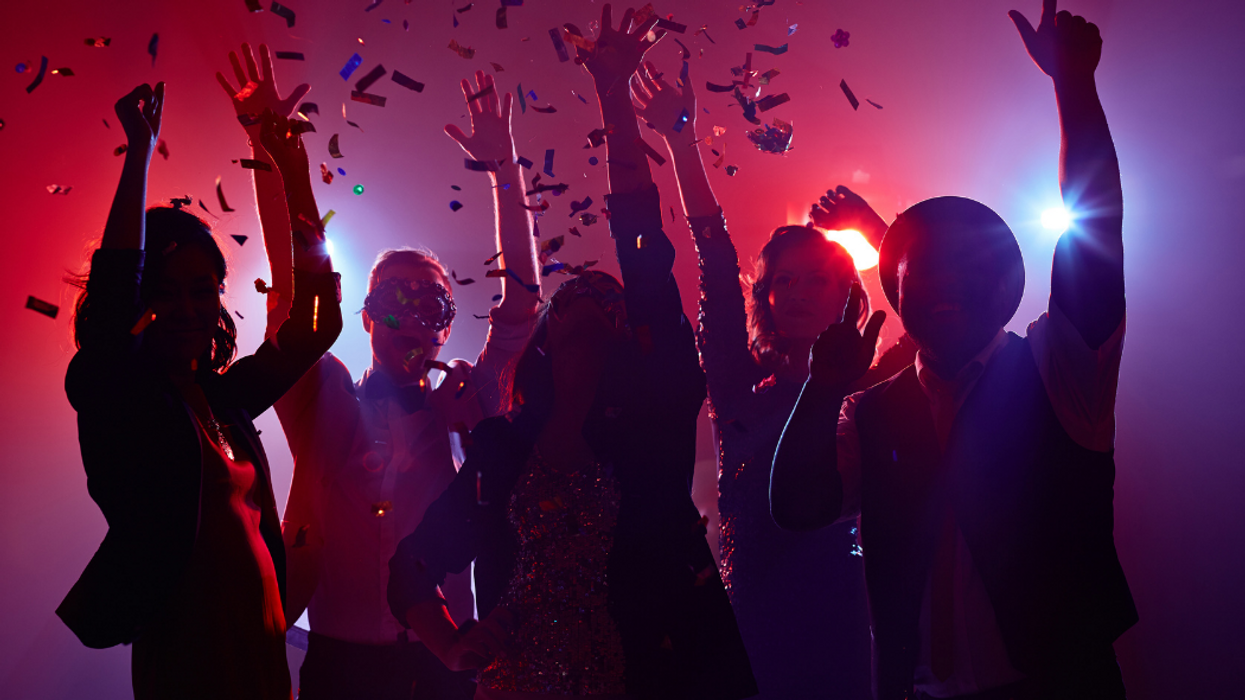Here's How to Control Your Contrast While Lighting an Image
Wandering DP dissects a commercial, showing you multiple ways to improve your skills.

Flat shots rarely grab the attention of an audience. As a cinematographer, you traditionally want to create visuals with depth and strike a mood. But how can you do that? While every location will have its own set of challenges, there are general tips you can follow to put yourself in a more advantageous situation.
One consideration is blocking. If you block a scene that works against the natural light sources of the room, you may pin yourself in a corner. Well, unless you're not worried about continuity between shots.
Another is contrast. As we know, contrast plays an important role in how someone perceives an image. A high-contrast image shows more texture, where a low-contrast image blends the light and dark areas, creating a more flat or soft look.
As a cinematographer, how can you control your contrast?
Patrick O'Sullivan of the Wandering DP brilliantly breaks down a commercial, showing you different ways in how you can control the texture of an image.
Let's dive in.
Location without ground lighting
When you're at a location where you can't place exterior lights because you're on the second, third, or 32nd floor, you need to find a way to create texture without the help of those punchy lights. If you're shooting toward a window, what you'll need to do is position the fixtures to counterbalance the exterior levels.
Meaning, you may have to raise the light level of the room in order to see what's beyond the window. Finding a natural-looking balance that's believable can be tricky. O'Sullivan says, "The less you do to a great location and a great schedule, the better it's going to look."
Softening the sun
While the sun is our favorite natural source of light, it can create some overblown highlights. Diffusing the sun can provide better contrast in an image. Depending on the shot, you can use something like a 12x12 diffusion between the sun and the talent as a way to adjust anything overexposed.
But keep in mind, while doing so it will also change the exposure of your background. You can then adjust the background through ND to compensate.
Lighting practices
There are more ways than you can count to create contrast in an image. Two of our favorite ways O'Sullivan points out—you can shoot people on the street and shoot objects.
When you're capturing a crowd of people he says it's best to shoot into the darkness and have the lighting come over the top. For other objects, like a product, you can try to shoot into the light and have the light fall onto the object and then soften the surrounding to taste. Both are effective ideas when it comes to giving texture to an image.
If you liked that video, here's another on why location is key to a successful shoot.
Have any lighting or location tips working on commercials? Share them with the community in the comments section.
Source: Wandering DP
















